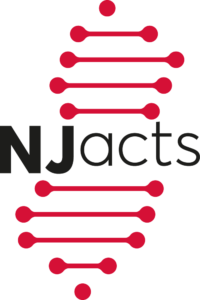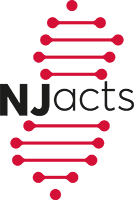 Please read Dr. Barrett’s article in the Journal of Allergy and Clinical Immunology titled, “Protective role of the placental efflux transporter BCRP/ABCG2 in the relationship between prenatal cadmium exposure, placenta weight, and size at birth.“
Please read Dr. Barrett’s article in the Journal of Allergy and Clinical Immunology titled, “Protective role of the placental efflux transporter BCRP/ABCG2 in the relationship between prenatal cadmium exposure, placenta weight, and size at birth.“
The placenta supports the developing fetus by delivering critical nutrients, hormones, and immune factors, as well as eliminating waste products. The placenta also offers protection by removing xenobiotics that may adversely impact placental and fetal development. The primary regulators of this “placental barrier” are efflux proteins including the ATP-binding cassette transporter breast cancer resistance protein (human ABCG2/BCRP and rodent Abcg2/Bcrp). Encoded by the ABCG2 gene, BCRP is highly expressed on the maternal-facing or apical membrane of placental syncytiotrophoblasts where it actively removes substrates from the placenta returning them to the maternal circulation . A growing body of in vitro and animal research demonstrates that BCRP interacts with a number of pharmaceuticals (such as the gestational diabetes drug glyburide) as well as environmental and dietary compounds including cadmium, bisphenol A (BPA), perfluorooctanoic acid (PFOA), genistein, and zearalenone, presumably reducing fetal exposure. There is also considerable interindividual variation in placental BCRP expression and activity due in large part to a nonsynonymous polymorphism in ABCG2 (421C/A, Q141K) present in 3%–32% of the population depending upon race and ethnicity. In prior work, we demonstrated that this polymorphism reduces BCRP protein levels in term human placentas by up to 50% , which may have implications for the level of placental protection conferred against potentially harmful exposures. To read the full article.
Protective role of the placental efflux transporter BCRP/ABCG2 in the relationship between prenatal cadmium exposure, placenta weight, and size at birth. Barrett ES, Rivera-Núñez Z, Getz K, Ohman-Strickland P, Zhang R, Kozlosky D, Doherty CL, Buckley BT, Brunner J, Miller RK, O’Connor TG, Aleksunes LM. Environ Res. 2023 May 15;225:115597. PMID: 36863650 PMCID: PMC10091184 DOI: 10.1016/j.envres.2023.115597
